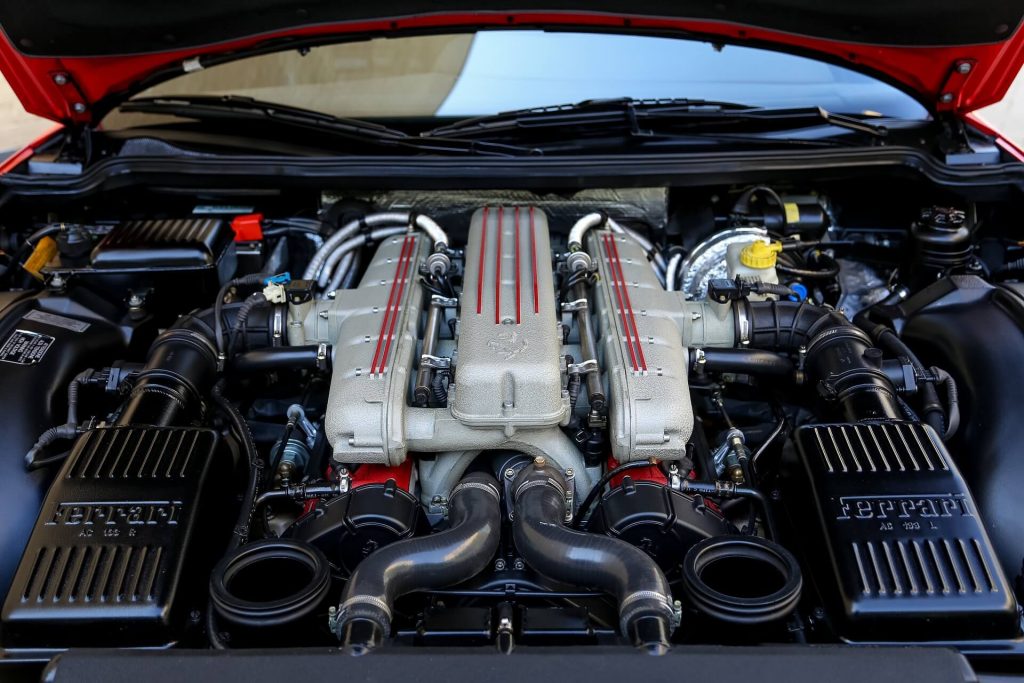
for Audi, BMW, Land Rover, Jaguar, Mercedes,
Mini, Porsche & Volkswagen Repair

for Audi, BMW, Land Rover, Jaguar, Mercedes,
Mini, Porsche & Volkswagen Repair

Are you the do-it-yourself (DIY) type? Do you like to take on big projects? We completely understand, because there is nothing like that feeling of accomplishment after completing a project. But some things should be left for the experts, like engine diagnostics.
We have all seen that dreaded Check Engine light come on and wondered what the problem could be—especially that the car seems like it is running fine. Even though the issue might be as simple as a blown out fuse, changing out the fuse might not fix the problem. Why? Because it is more likely that the blown-out fuse was caused by a chain reaction that needs further investigation.

Although modern engines are still based on the good old internal-combustion-engine, they are equipped with the latest electronics and sensors. These sensors monitor everything from heat, fluid levels, speed, turn angles, weight distribution, and much more. Furthermore, all these sensors feed into a central processing unit (CPU) which calculates the optimal way of operating your engine. So, a check engine light being on could be a sensor not functioning correctly, or something way more dangerous.
All of these sensors and computing power adds efficiency and longevity to the engine, but it also adds complexity to its inner workings. However, if you want to diagnose what might be happening with your engine quickly, there are ways to do so.

In 1996, the EPA mandated that all car manufacturers that are selling cars in the US to have a standard computer interface. This standard is called the On-Board Diagnostics, version II (OBD II), and many diagnostic tools are available for purchase to the general public. But even though there are engine diagnostic tools available for consumers, only individuals that understand how their specific engine operates should attempt a repair job. However, if you would like to check up on the error code, to keep your mechanic honest, then that is your right to do so.
Most DIY individuals cannot go into any endeavor blindly. Even if you don’t understand the details of your specific engine, you want to know what might be going on. We know that. So, let’s say you bought one of the many OBD II diagnostic tools available in the market or have one available. It’s time to diagnose the error causing your check engine light to go on.
Consult your vehicle’s manual or search online for its location, but it’s usually under the driver’s side dashboard. Open the compartment and connect your engine diagnostic tool. Most diagnostic tools today support all popular car manufacturers and models.
Once you have your OBD II tools connected, turn on your engine. The device will then ask you for some information, such as the VIN. Follow the onscreen instructions and find out what the error code your engine is encountering. Some tools might be able to tell you what the code is, but you also have the option of looking it up online.
If you feel the issue is not severe, write down the codes and turn off the check engine light. At this point, however, the system has not cleared the error in the system. You will have to drive the car for a while to get it cleared. Why? The DMV doesn’t want people to be able to remove errors to pass tests.
Now that you are armed with code(s) and have looked up the issue, it’s time to take your vehicle to your trusted service mechanic to solve and repair the problem. This way you can feel confident that you won’t be overcharged for engine diagnostics services.
European Service Center has 35 years of experience and has a team of highly trained ASE certified service technicians to solve your problem. We pride ourselves on customer satisfaction, and our reviews reflect that. We are transparent with our work and trusted by the community, so you can trust us with your engine diagnostics. Furthermore, we service most European Vehicles, such as BMW, Mercedes-Benz, Audi, Porsche, and Volkswagen. Schedule your appointment today.